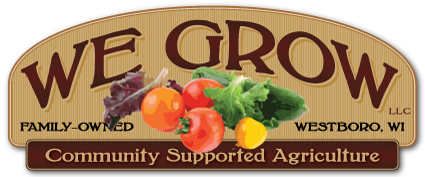The following article is available at the Harvard School of Public Health website. Many of the statements made within this article are important facts that our consumers should know about why local food does have benefits over our conventional long haul food distribution system.
Click here to open Harvard School of Public Health PDF publication referenced >>
Final message taken from this article
While all of the factors affecting nutritional quality of fruits and vegetables – crop variety, production method, post-harvest handling, storage, and processing and packaging – apply equally to produce that is produced locally or on farms across the country, relying on local sources for your produce needs has some distinct advantages. First, even when the highest post-harvest handling standards are met, foods grown far away that spend significant time on the road, and therefore have more time to loss nutrients before reaching the marketplace.17 18 Second, farmers growing for a local (and especially a direct) market favor taste, nutrition and diversity over shipability when choosing varieties. Greater crop diversity from the farmer means greater nutritional diversity for the eater. Third, in direct and local marketing strategies, produce is usually sold within 24 hours after harvest, at its peak freshness and ripeness, making consuming them a more attractive prospect. Fourth, during this short time and distance, produce is likely handled by fewer people, decreasing potential for damage, and typically not harvested with industrial machinery. Minimizing transportation and processing can ensure maximum freshness and flavor, and nutrient retention.
Full article follows:
